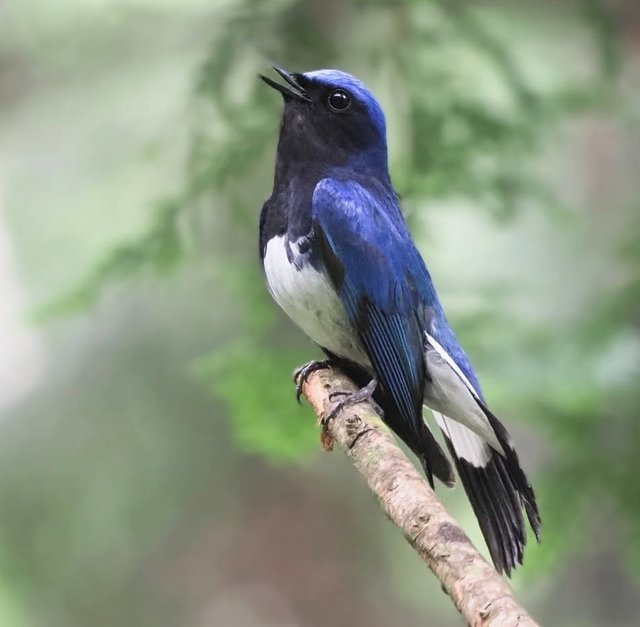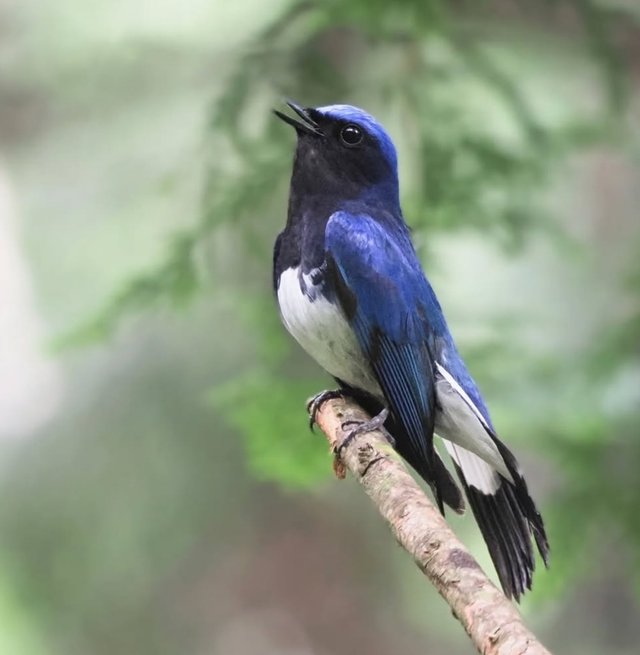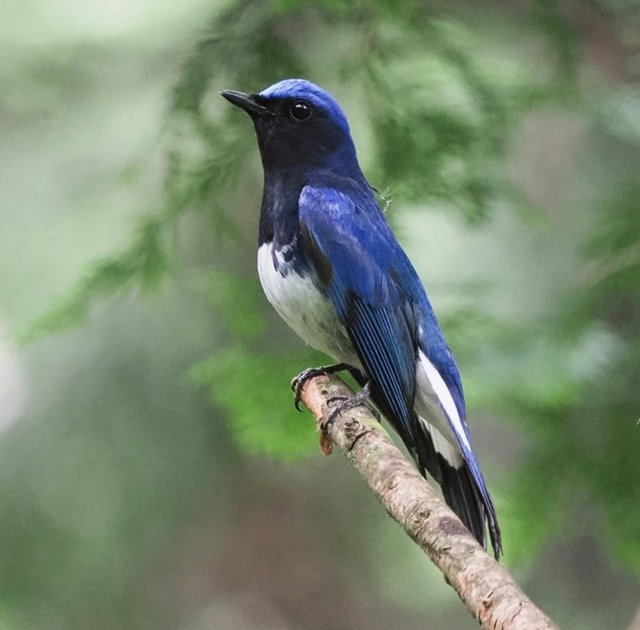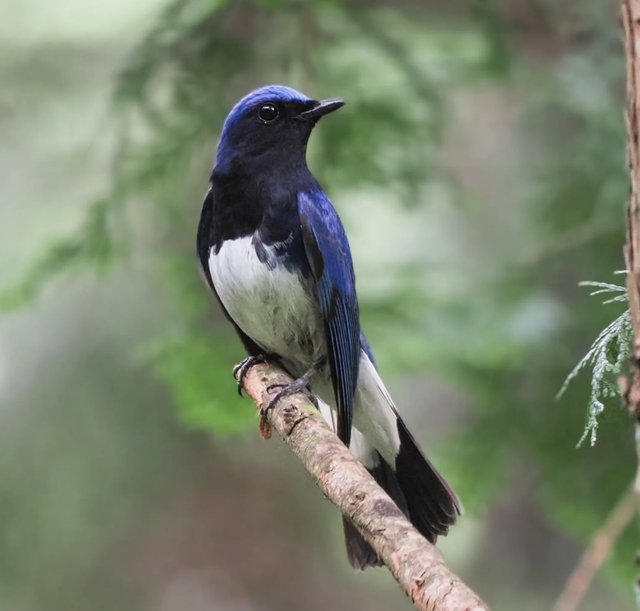So Cute Blue-and-White Flycatcher Bird
The Enigmatic Blue-and-White Flycatcher: A Jewel of East Asian Forests
The Blue-and-white Flycatcher is one of the most visually stunning and biologically fascinating passerine birds found in East Asia. With its vivid colors, melodious song, and mysterious migratory behavior, it captures the imagination of birdwatchers, researchers, and nature lovers alike. This bird is more than just a pretty sight; it is a vital thread in the ecological tapestry of the forests it inhabits.
Appearance and Sexual Dimorphism
The male Blue-and-white Flycatcher is an avian marvel—its upperparts are a rich cobalt or sapphire blue, set off by bright white underparts and a blackish face mask. This bold contrast makes it one of the most easily recognizable flycatchers in its range. In contrast, females and juveniles are more modestly colored, usually exhibiting a mix of grayish-brown and lighter underparts, which helps them blend into their woodland surroundings. This sexual dimorphism is typical in many bird species, where males use their plumage to attract mates, while females need camouflage for nesting.
Habitat and Range
These birds breed in temperate deciduous and mixed forests across northeastern Asia, including Japan, Korea, eastern China, and parts of Russia. They are typically found at mid to high elevations during the breeding season, preferring the quiet, undisturbed heart of dense woodlands.
During the non-breeding season, Blue-and-white Flycatchers embark on an impressive migratory journey to Southeast Asia, traveling to countries such as the Philippines, Thailand, Vietnam, and parts of Indonesia. Their migration, covering thousands of kilometers, remains an awe-inspiring feat of endurance and navigation.
Migratory Marvel
The migration of the Blue-and-white Flycatcher is not only remarkable for its distance but also for the precision with which these small birds return to the same breeding territories year after year. These birds rely on a combination of celestial cues, geomagnetic fields, and possibly even olfactory markers to navigate. In Japan, their arrival in spring is often seen as one of the symbolic harbingers of the season.
| Device | cannon eos 700D |
|---|---|
| Lens | 55-250 zoom leans |
| Location | Bangladesh |





Thank you for sharing on steem! I'm witness fuli, and I've given you a free upvote. If you'd like to support me, please consider voting at https://steemitwallet.com/~witnesses 🌟